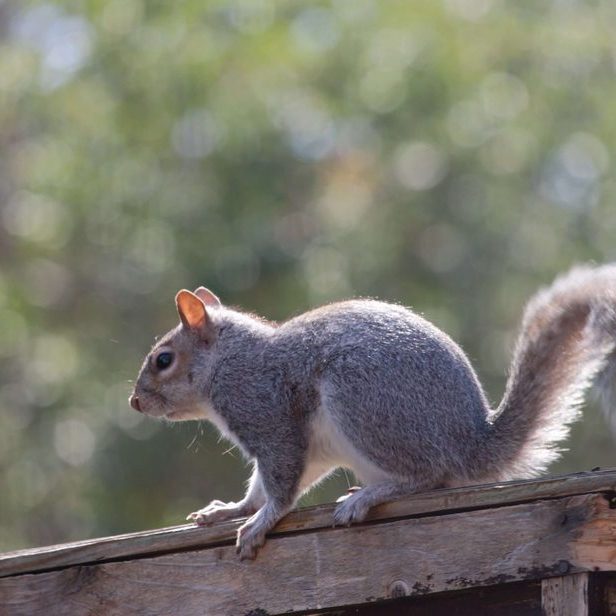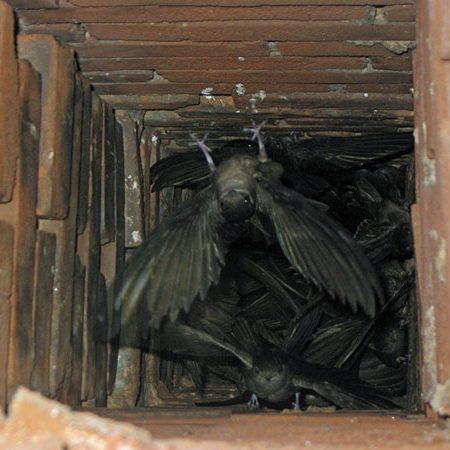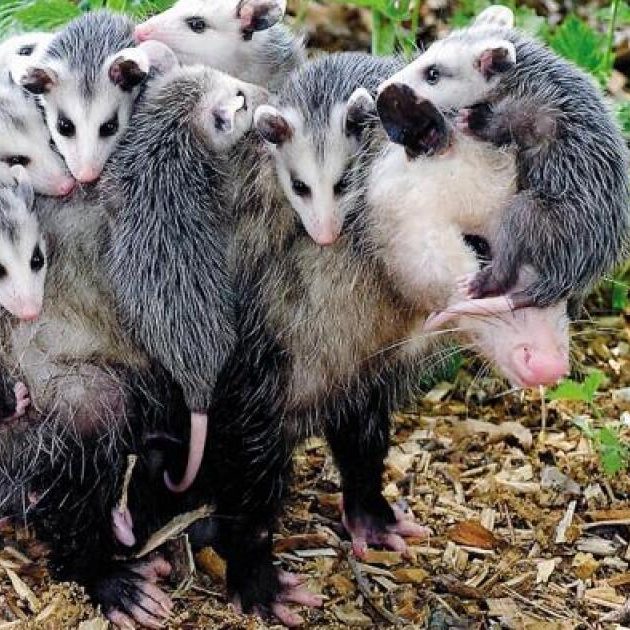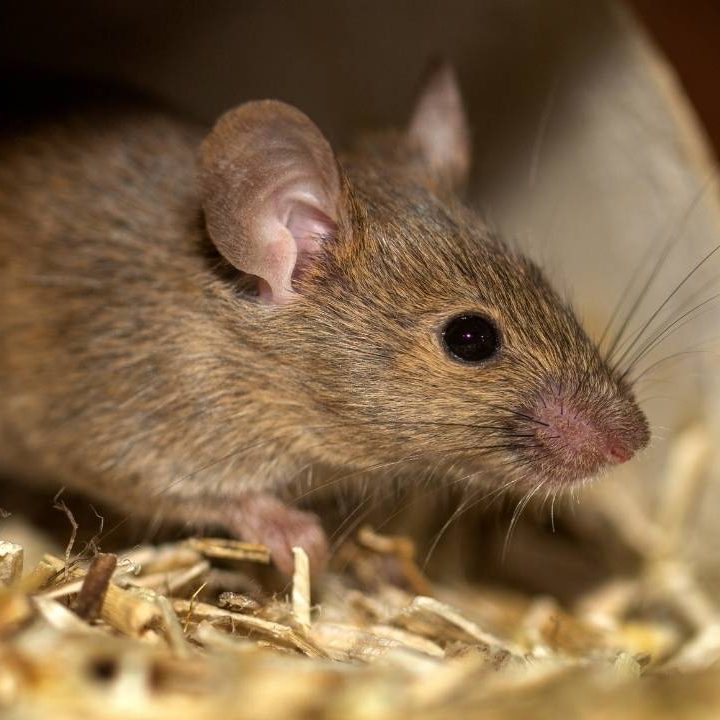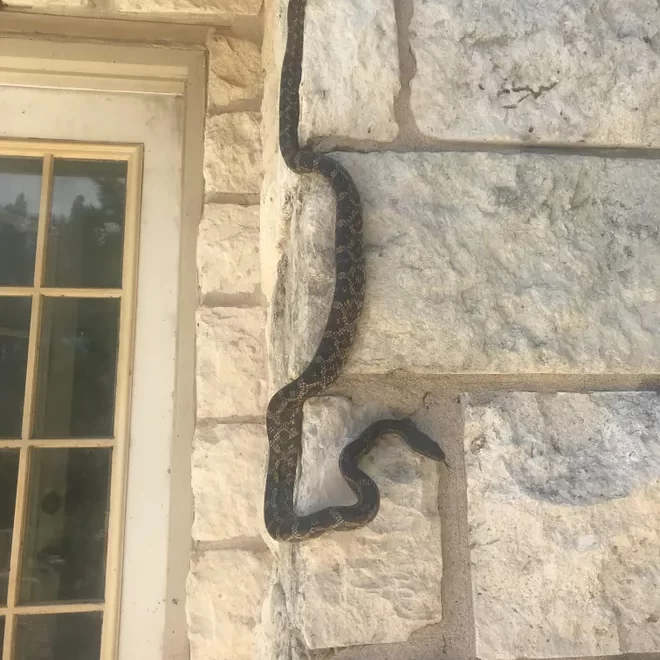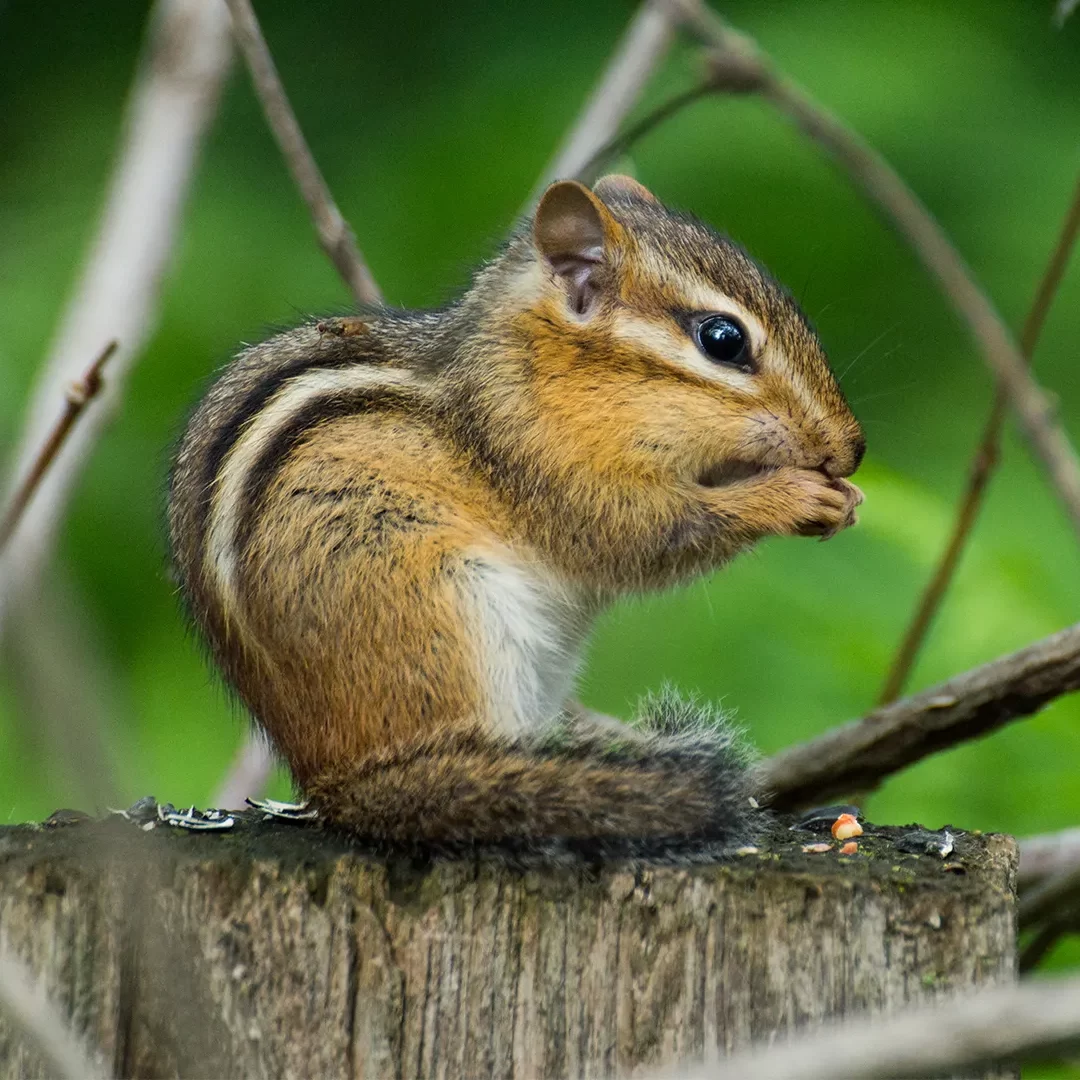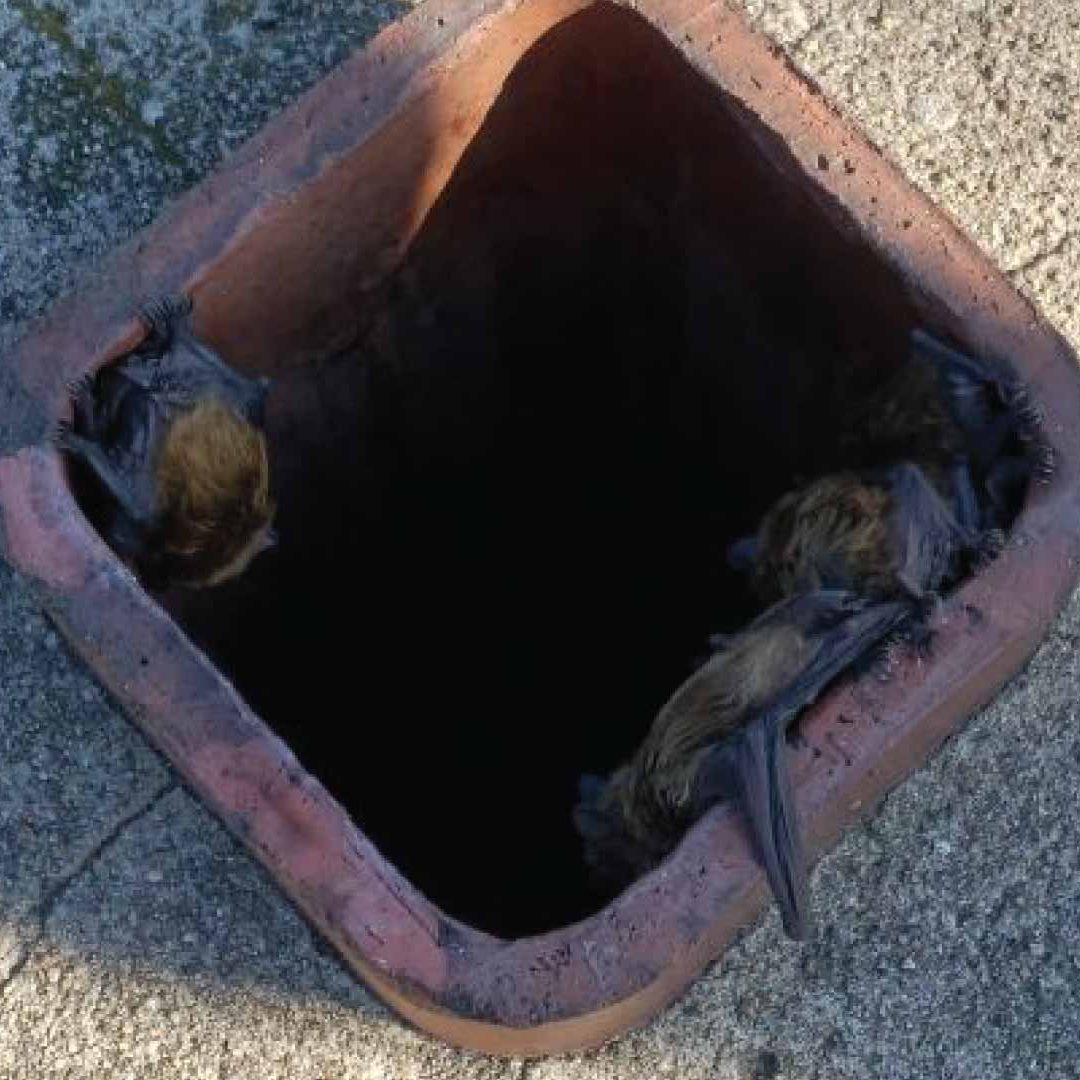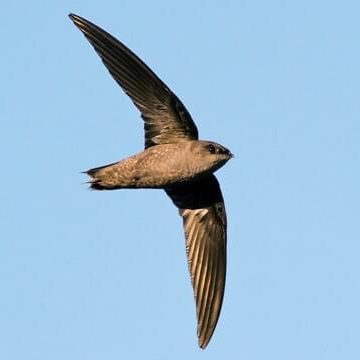Raccoons Entering the Chimney: Understanding, Prevention, and Mitigation
Raccoons are well-known for their ability to infiltrate chimneys, which can present challenges and potential risks for homeowners. In this essay, we will explore the reasons why raccoons are drawn to chimneys, the potential problems they can cause, and effective strategies to prevent their entry and mitigate associated issues.
Reasons for Raccoon Entry
Raccoons seek out chimneys for several reasons. First, chimneys offer a dark and enclosed space that closely resembles their natural denning sites, such as tree hollows. These areas provide raccoons with a sense of security and protection from predators. Second, chimneys emit warmth, making them attractive to raccoons seeking a cozy and comfortable shelter. Additionally, raccoons may be enticed by the presence of potential food sources, such as garbage or food remnants, in or near the chimney.
Problems Caused by Raccoons
The presence of raccoons in chimneys can lead to various issues. They may create obstructions, blocking proper airflow and ventilation. Raccoons are notorious for damaging chimney components, such as dislodging bricks or causing structural issues. Moreover, their nesting materials and droppings can pose fire hazards and emit unpleasant odors. Raccoons can also carry parasites and diseases, posing potential health risks to humans and pets. It is crucial to address raccoon infestations promptly to prevent further damage and mitigate potential health hazards.
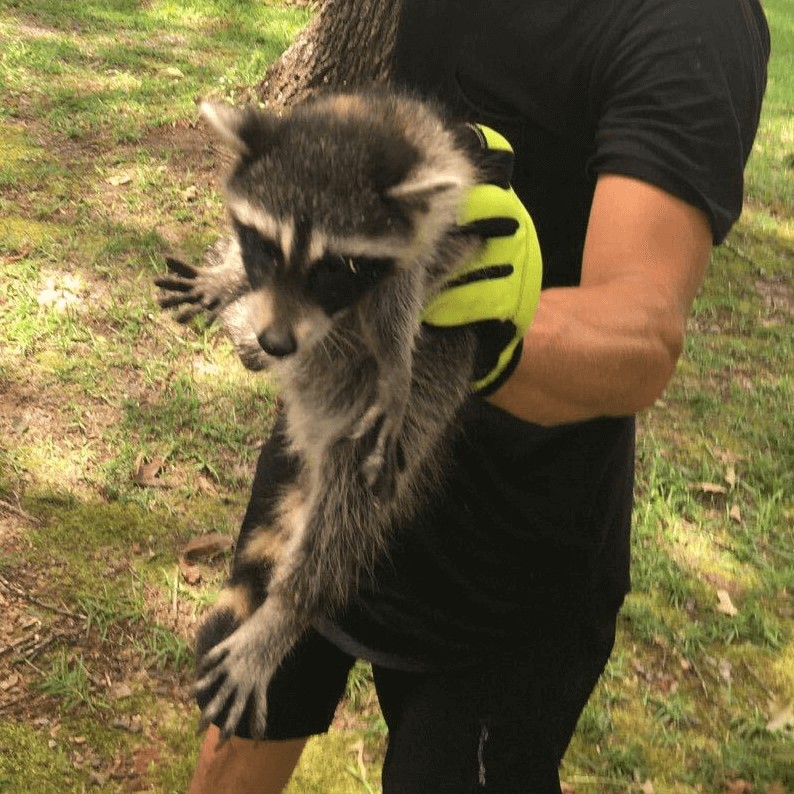
Prevention Measures
To prevent raccoon entry into chimneys, homeowners should consider installing chimney caps or screens. These devices act as barriers, effectively sealing off the chimney opening while allowing for proper ventilation. Ensure that the cap or screen is securely attached and constructed with durable materials that raccoons cannot easily manipulate. Regularly inspect the chimney for any signs of damage or gaps that raccoons may exploit for entry.
Eliminating Attractants
To discourage raccoons from approaching the chimney, it is vital to eliminate potential food sources and secure garbage bins. Keep the area around the chimney clean and free from food remnants or garbage. Secure trash cans with tight-fitting lids to prevent raccoons from accessing them. Removing any attractants will reduce the likelihood of raccoons being drawn to the chimney area in the first place.
Eliminating Attractants
To discourage raccoons from approaching the chimney, it is vital to eliminate potential food sources and secure garbage bins. Keep the area around the chimney clean and free from food remnants or garbage. Secure trash cans with tight-fitting lids to prevent raccoons from accessing them. Removing any attractants will reduce the likelihood of raccoons being drawn to the chimney area in the first place.
Chimney Maintenance
Regular chimney maintenance is essential to prevent raccoon entry. Schedule routine inspections and cleanings to identify and address any potential entry points or damage. Professional chimney sweeps can assess the condition of the chimney, remove any nesting materials or obstructions, and provide necessary repairs to maintain the integrity of the chimney structure.
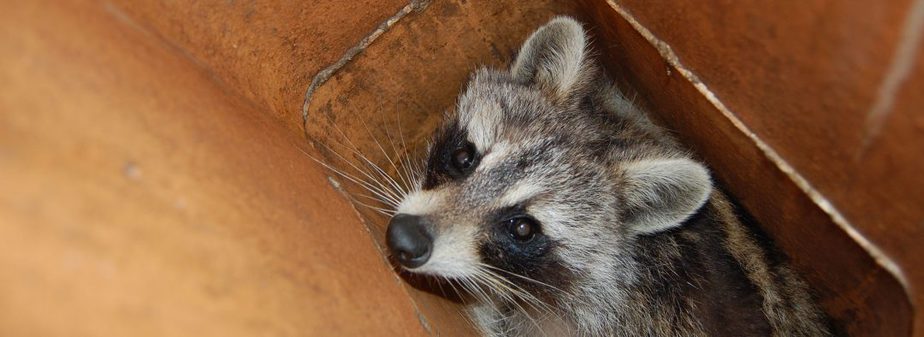
Preventing Raccoon Entry and Expert Assistance from SootAway Chimney Sweep
Raccoons entering chimneys can pose significant challenges for homeowners, including potential damage, safety risks, and health hazards. Implementing preventive measures such as installing chimney caps or screens, eliminating attractants, and seeking professional assistance are key steps in preventing raccoon entry. By prioritizing chimney maintenance and taking proactive measures, homeowners can ensure a raccoon-free chimney and peace of mind. For expert chimney sweeping, inspection, and wildlife control services, we recommend reaching out to SootAway Chimney Sweep at (866) 345-4751. Their team of professionals will provide thorough and reliable assistance to keep your chimney safe and secure. Don’t wait until raccoons become a problem – take action today and contact SootAway Chimney Sweep to ensure the well-being of your home and family.
Squirrels
Squirrels are notorious for their ability to find their way into chimneys, and there are a few reasons why they are drawn to these spaces.
Firstly, chimneys offer squirrels protection from predators and harsh weather conditions. The enclosed structure of a chimney provides them with a secure and cozy shelter, especially during colder months. Secondly, squirrels are excellent climbers and jumpers, allowing them to easily access rooftops and chimneys.
They may take advantage of overhanging tree branches or nearby structures to gain access to the chimney. Additionally, squirrels are known for their propensity to hoard food, and chimneys can serve as convenient storage spaces for their winter stash.
They may carry nuts, seeds, or other food items into the chimney for later consumption. However, squirrels in chimneys can cause various issues, including damage to the chimney structure, chewing on electrical wiring, and creating noise and disturbance.
It is advisable to seek professional assistance to safely and humanely remove squirrels from chimneys and implement preventive measures to deter their re-entry.
Birds
Birds can enter chimneys for several reasons, depending on the species and circumstances. One common reason is that birds mistake chimneys for natural nesting sites such as tree cavities or cliff crevices.
The dark and enclosed space of a chimney can be appealing to birds seeking a safe and sheltered location to build their nests and raise their young. Chimneys can also provide protection from predators and adverse weather conditions.
Additionally, some bird species are attracted to chimneys due to the warmth they radiate. During colder seasons, birds may seek out chimneys as a source of thermal comfort and to conserve energy. However, birds nesting in chimneys can create problems for homeowners.
Nesting materials and droppings can block the chimney flue, obstructing proper ventilation and posing fire hazards. The sounds and activities of nesting birds can also be disruptive and cause noise disturbances.
It is important to address bird infestations carefully and consult professionals for their safe removal, as well as to implement preventive measures such as chimney caps or screens to prevent future bird entry.
Opossums
Opossums, with their nocturnal habits and excellent climbing abilities, may occasionally find their way into chimneys. There are a few reasons why opossums may enter chimneys.
Firstly, opossums are opportunistic animals that seek out sheltered spaces for protection and warmth. Chimneys can provide a dark and enclosed environment that resembles their natural dens, which are typically found in tree hollows or underground burrows.
Secondly, opossums are scavengers, and chimneys may attract them with the scent of food or garbage that has accumulated in or around the chimney. Opossums are known to be highly adaptable and can exploit various entry points, including damaged chimney caps or uncapped chimneys.
However, opossums in chimneys can cause problems for homeowners. They can create blockages, damage chimney components, leave behind droppings, and potentially introduce parasites or diseases.
If an opossum is found in a chimney, it is recommended to contact professionals who can safely and humanely remove the animal and implement measures to prevent future access.
Rats or mice
Rats or mice entering chimneys can be a cause for concern and require prompt attention. These small rodents have the ability to squeeze through tight spaces, including gaps and openings in chimney caps or damaged chimney structures.
Seeking warmth, shelter, and potential food sources, rats or mice may find chimneys to be an inviting habitat. Once inside, they can cause several problems.
They may build nests using materials found in the chimney, such as leaves or twigs, which can obstruct proper airflow and ventilation. Additionally, their gnawing habits can lead to damage to chimney components, such as insulation or wiring, posing potential fire hazards.
Rats and mice also produce droppings that can contaminate the chimney, creating sanitation issues and health risks.
To effectively deal with a rat or mice infestation in the chimney, it is important to consult professionals who can safely remove the rodents, seal off entry points, and implement preventive measures to prevent their re-entry.
Snakes
Snakes can find their way into chimneys through various means, often in search of shelter or prey.
One way they gain access is by climbing up nearby trees or vegetation and entering through the chimney opening or damaged chimney caps. Snakes are skilled climbers and can navigate vertical surfaces with ease.
They may enter the chimney seeking a cozy spot to regulate their body temperature. Snakes are also opportunistic predators and may follow their prey, such as small rodents or birds, that have taken refuge in the chimney.
While most snakes are harmless and play a beneficial role in controlling rodent populations, their presence in chimneys can cause alarm and pose risks to humans if accidentally encountered.
To address snake intrusions, it is best to seek professional assistance to safely remove the snake and implement preventive measures, such as installing chimney caps or screens, to prevent future snake entry.
Chipmunks
Chipmunks may be drawn to chimneys for various reasons, albeit unintentionally. These small and agile creatures have a natural curiosity and an ability to squeeze through narrow openings.
They may venture near chimneys while exploring their surroundings or seeking food sources, such as seeds or insects. Chipmunks are skilled climbers and can access rooftops or trees adjacent to chimneys, making it possible for them to accidentally fall or find their way into the chimney opening.
Once inside, the confined space of the chimney may provide them with a sense of security and protection from predators.
However, chipmunks are not adapted to live in chimneys, and their presence can lead to issues. They may become trapped and unable to find their way out, causing distress and potential damage as they try to escape.
To prevent chipmunks from entering chimneys, it is advisable to ensure the chimney has a secure cap or screen installed, blocking their access and avoiding these unintended encounters.
Bats
Bats are known to enter chimneys primarily for two reasons: roosting and seeking shelter. Bats are nocturnal creatures that are highly adaptable and can take advantage of various habitats for roosting during the day.
Chimneys provide them with dark, enclosed spaces that mimic the natural crevices and tree hollows they typically inhabit.
Chimneys also offer protection from predators and the elements, making them attractive to bats. Additionally, chimneys can provide warmth, especially during colder months, as they retain heat from the home below.
This makes chimneys an appealing roosting site for bats seeking a comfortable and secure place to rest. However, the presence of bats in chimneys can cause problems, including noise, odor, and potential health risks associated with bat droppings (guano).
It is important to handle bat infestations carefully and seek professional assistance to ensure the safe removal of bats and the implementation of proper exclusion methods to prevent their return.
Chimney swifts
Chimney swifts, as their name suggests, have a strong affinity for chimneys as roosting and nesting sites. These small migratory birds have specific characteristics that make chimneys an ideal habitat for them.
Chimney swifts are known for their unique ability to cling to vertical surfaces due to their strong feet and specialized claws. This enables them to roost and build their nests on the vertical walls of chimneys, where they are protected from predators and adverse weather conditions.
The interior of chimneys provides a dark and secure space that resembles the natural tree cavities they typically utilize in the wild. Additionally, chimneys offer an abundant supply of flying insects, which make up the primary diet of chimney swifts.
While their presence in chimneys may not cause structural damage or pose significant health risks, the noise and droppings associated with chimney swifts can be bothersome to homeowners.
It’s important to remember that chimney swifts are protected species in some regions, so it is advisable to consult local wildlife authorities or professionals to address any concerns and explore humane options for their management or exclusion from chimneys.

